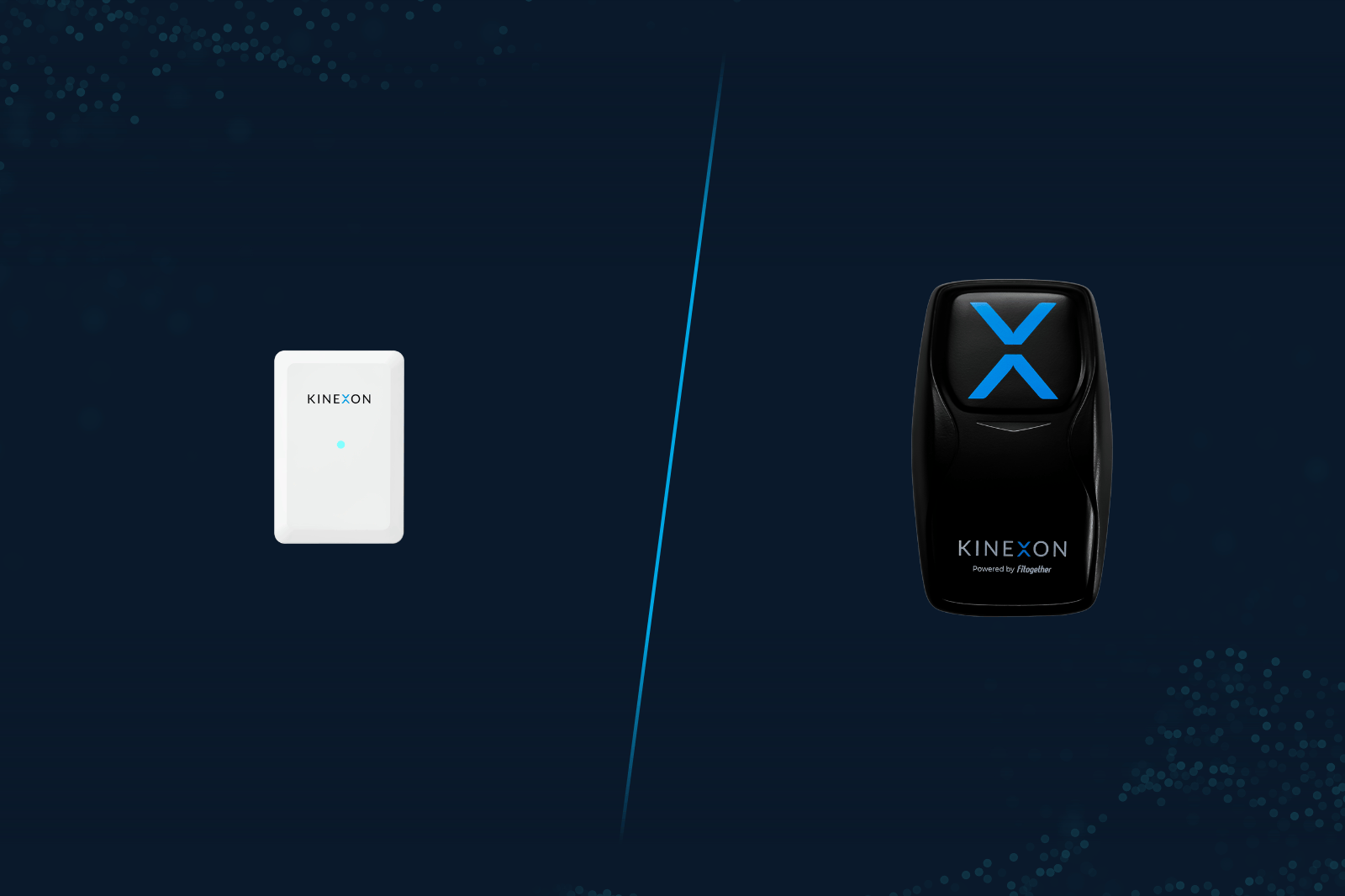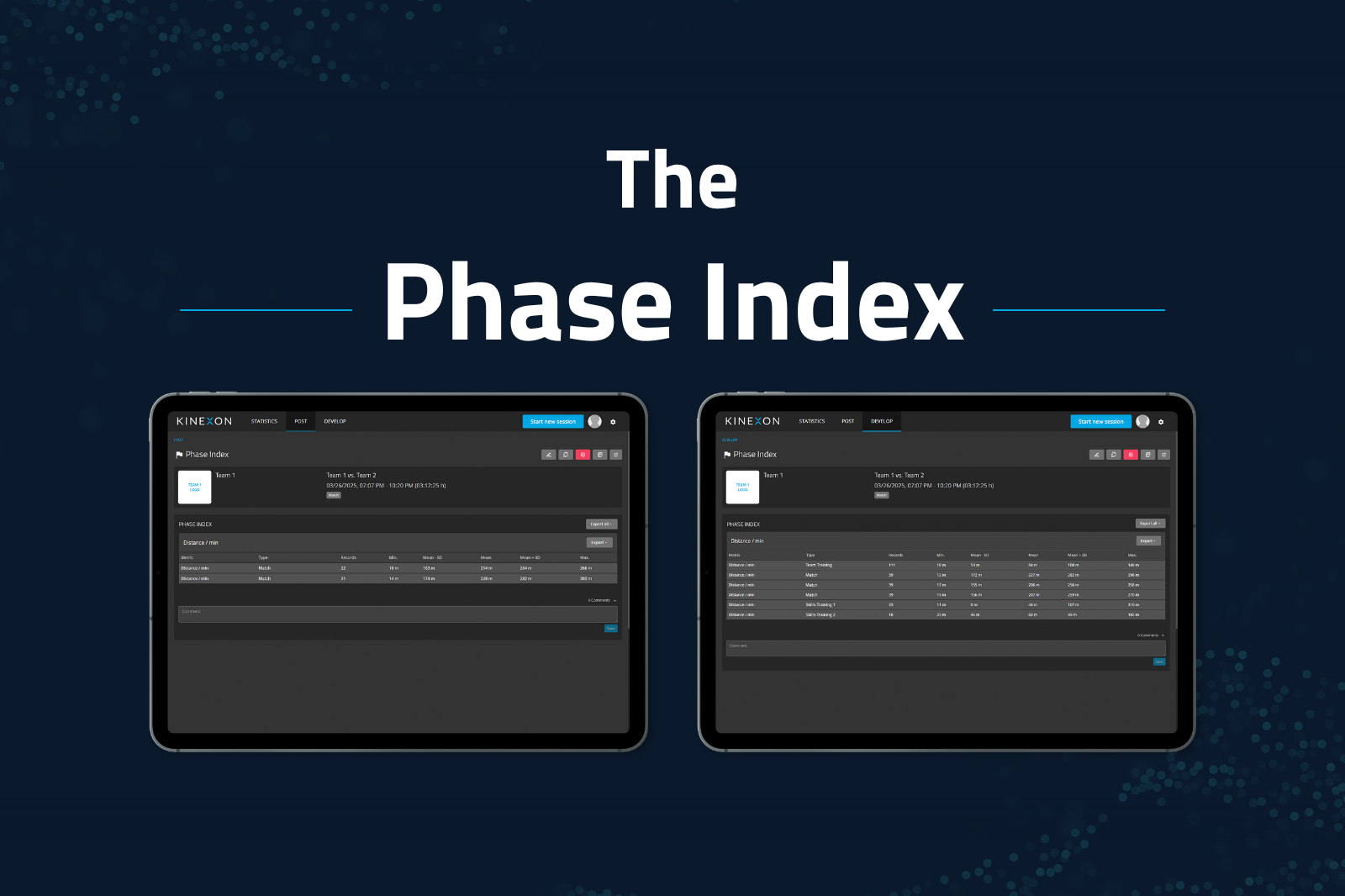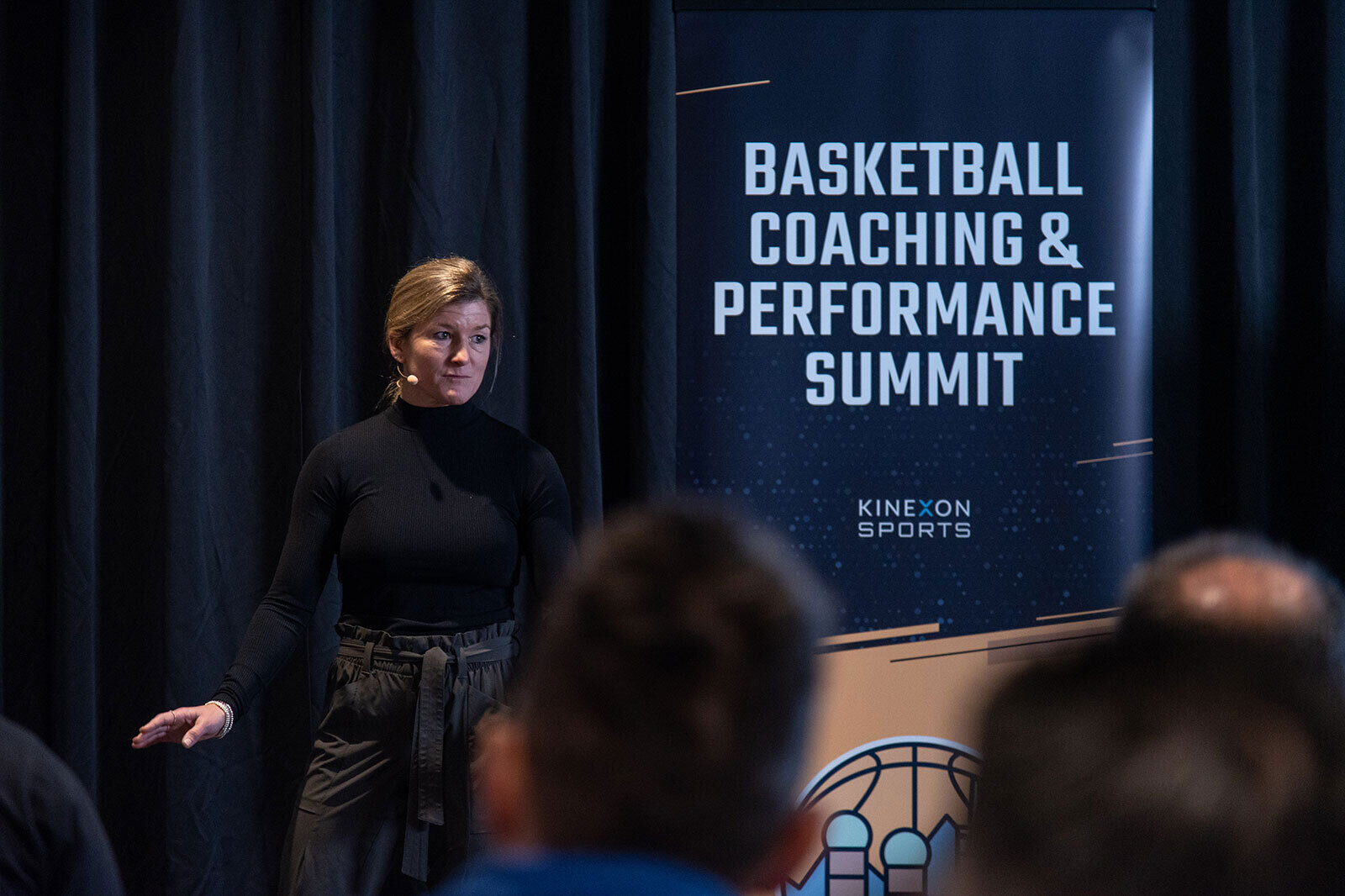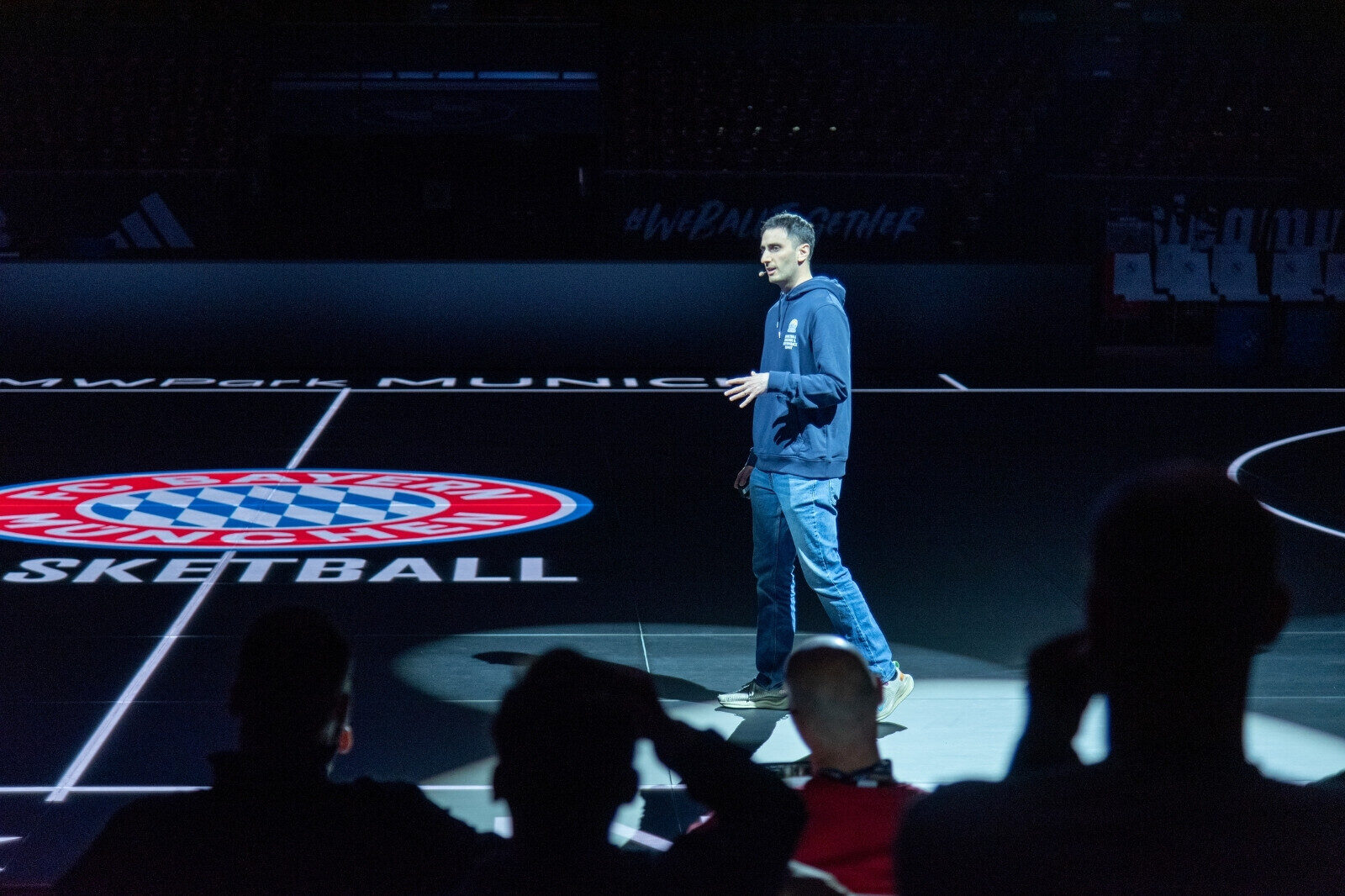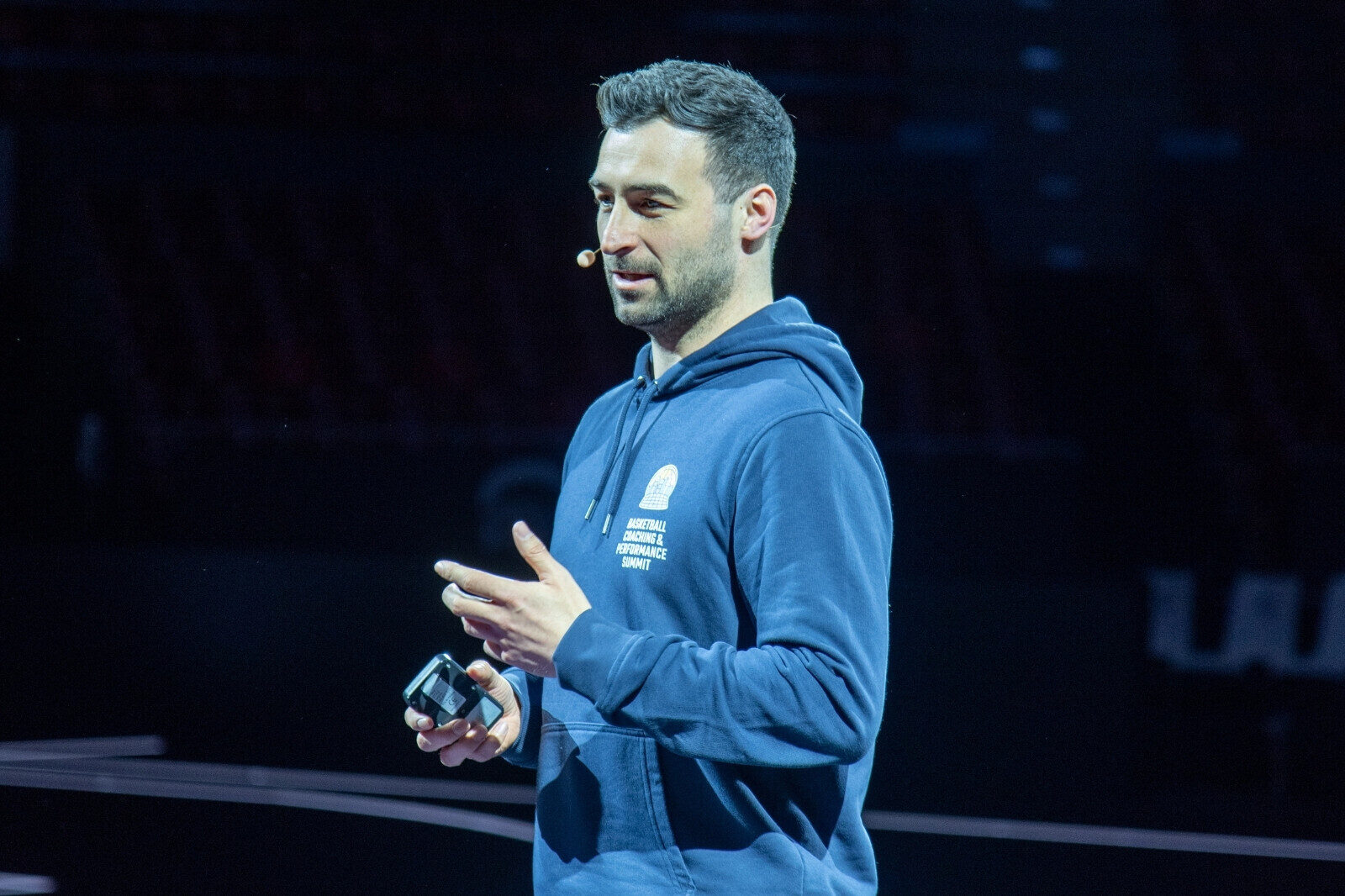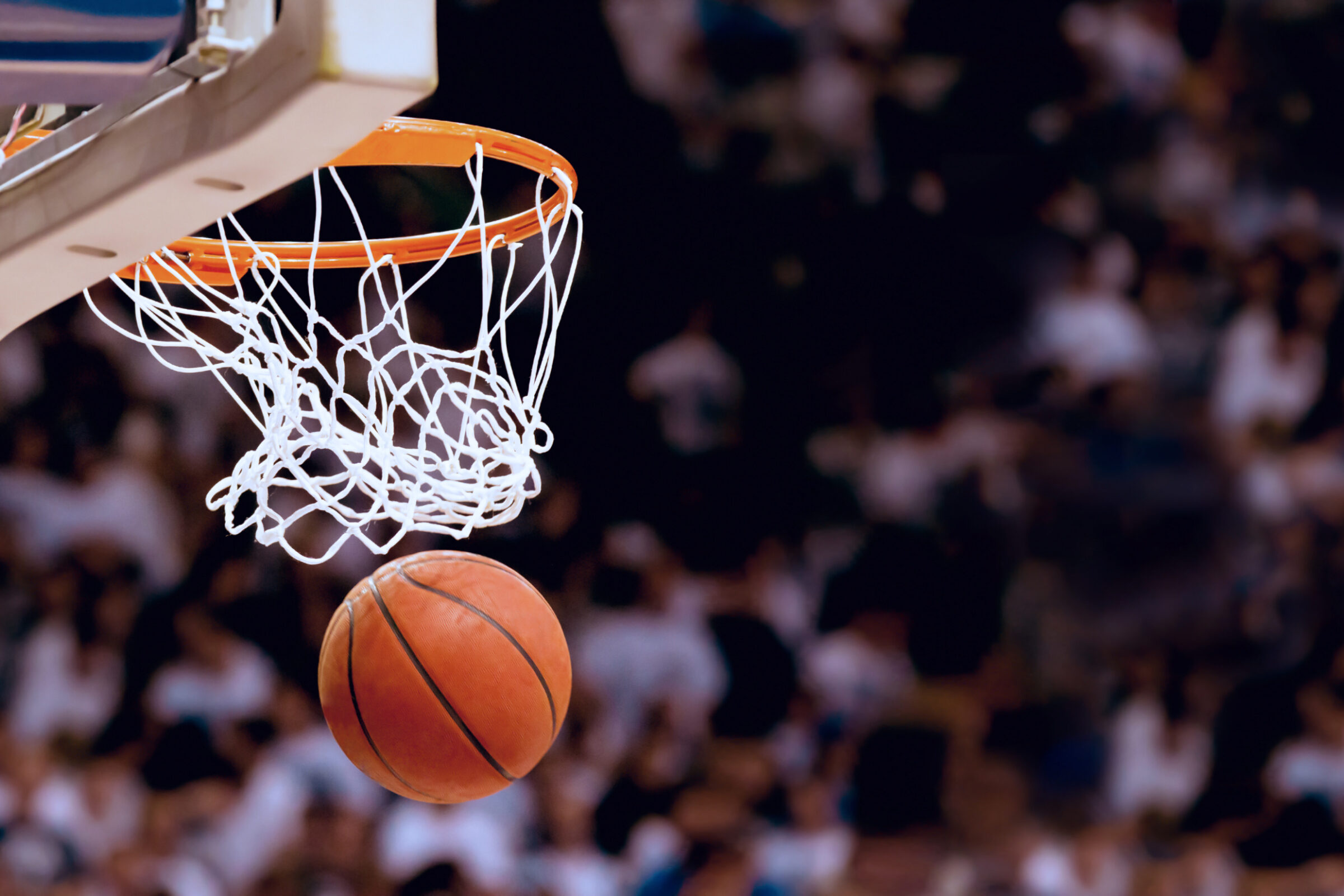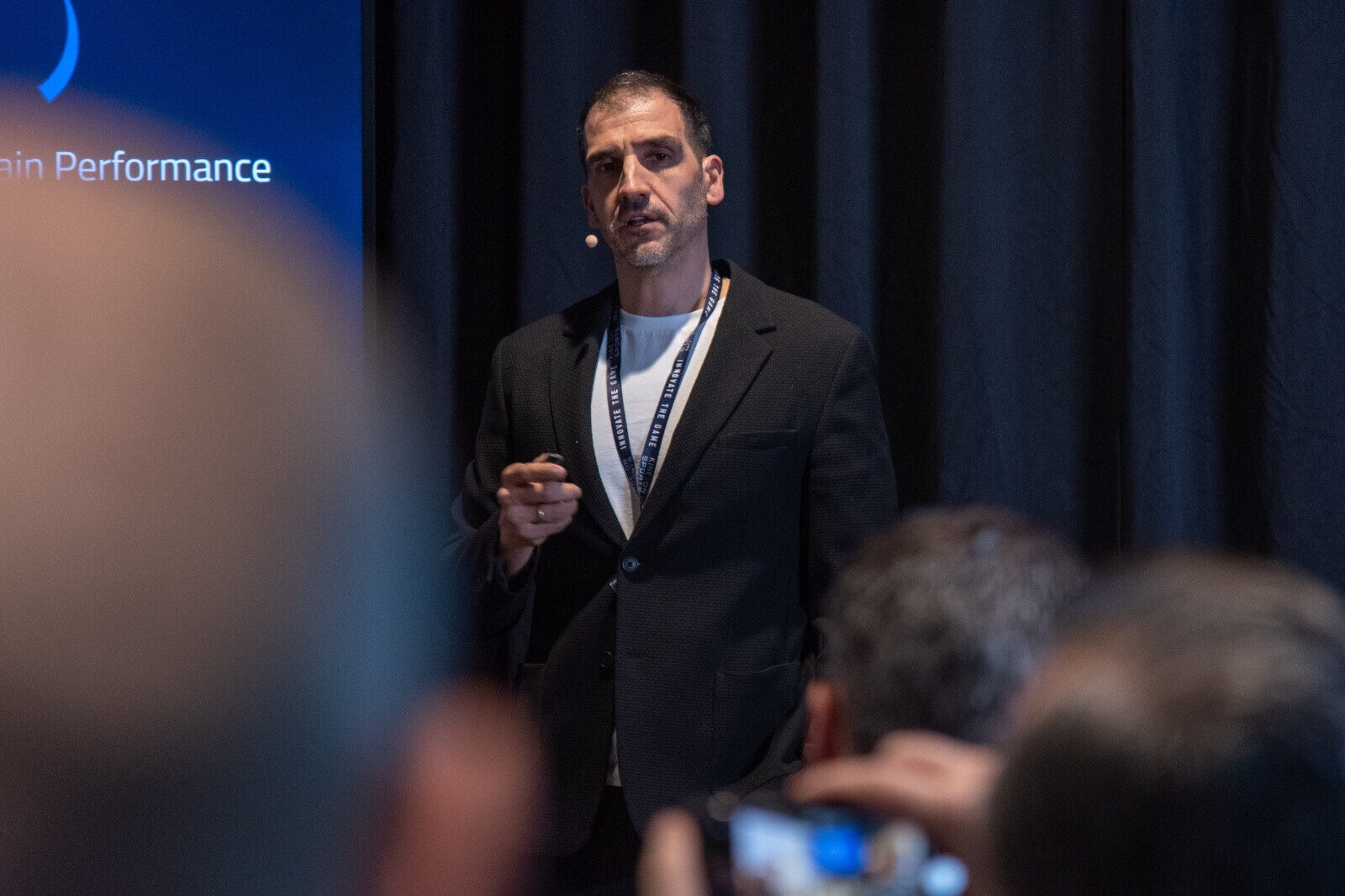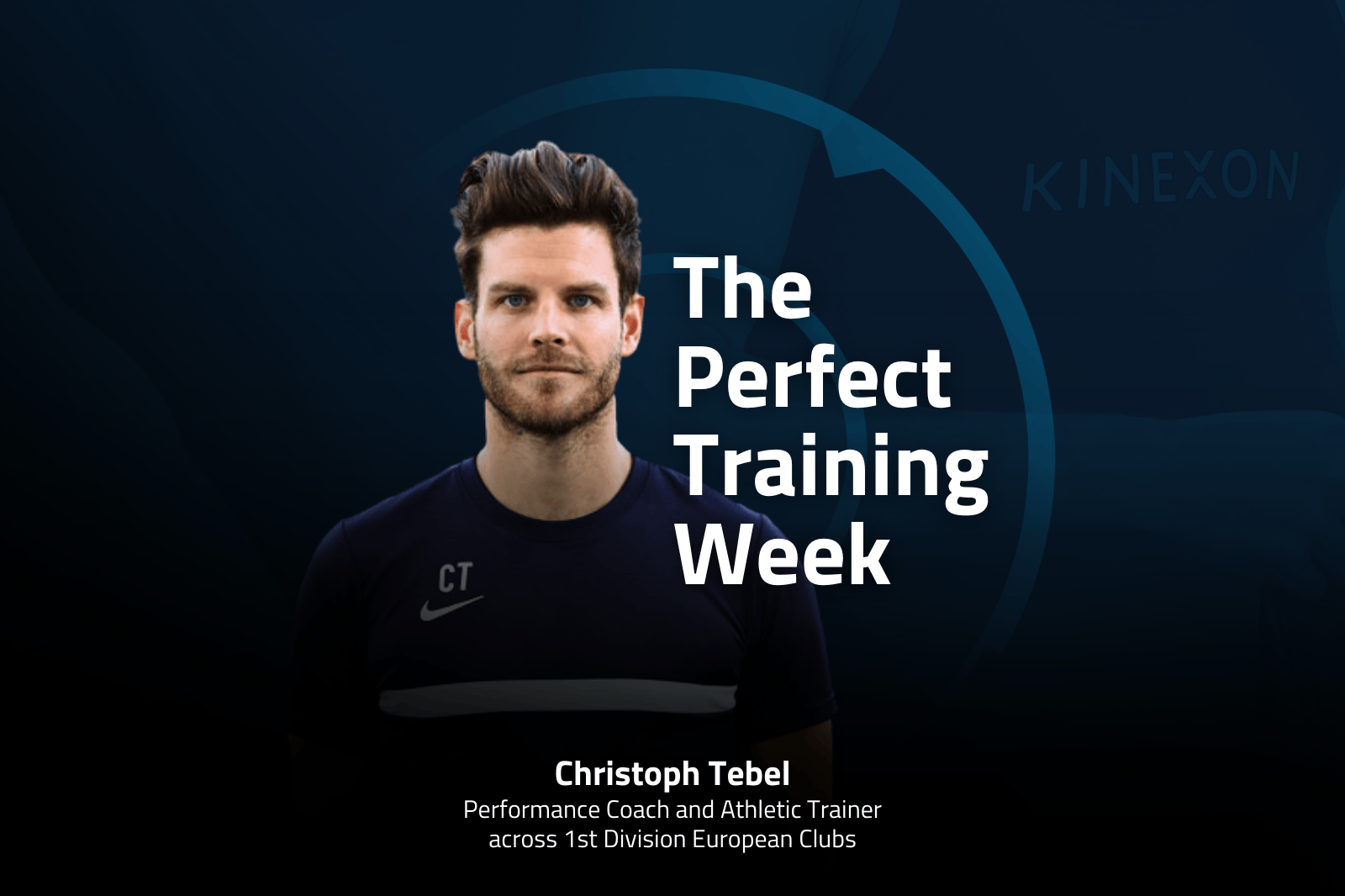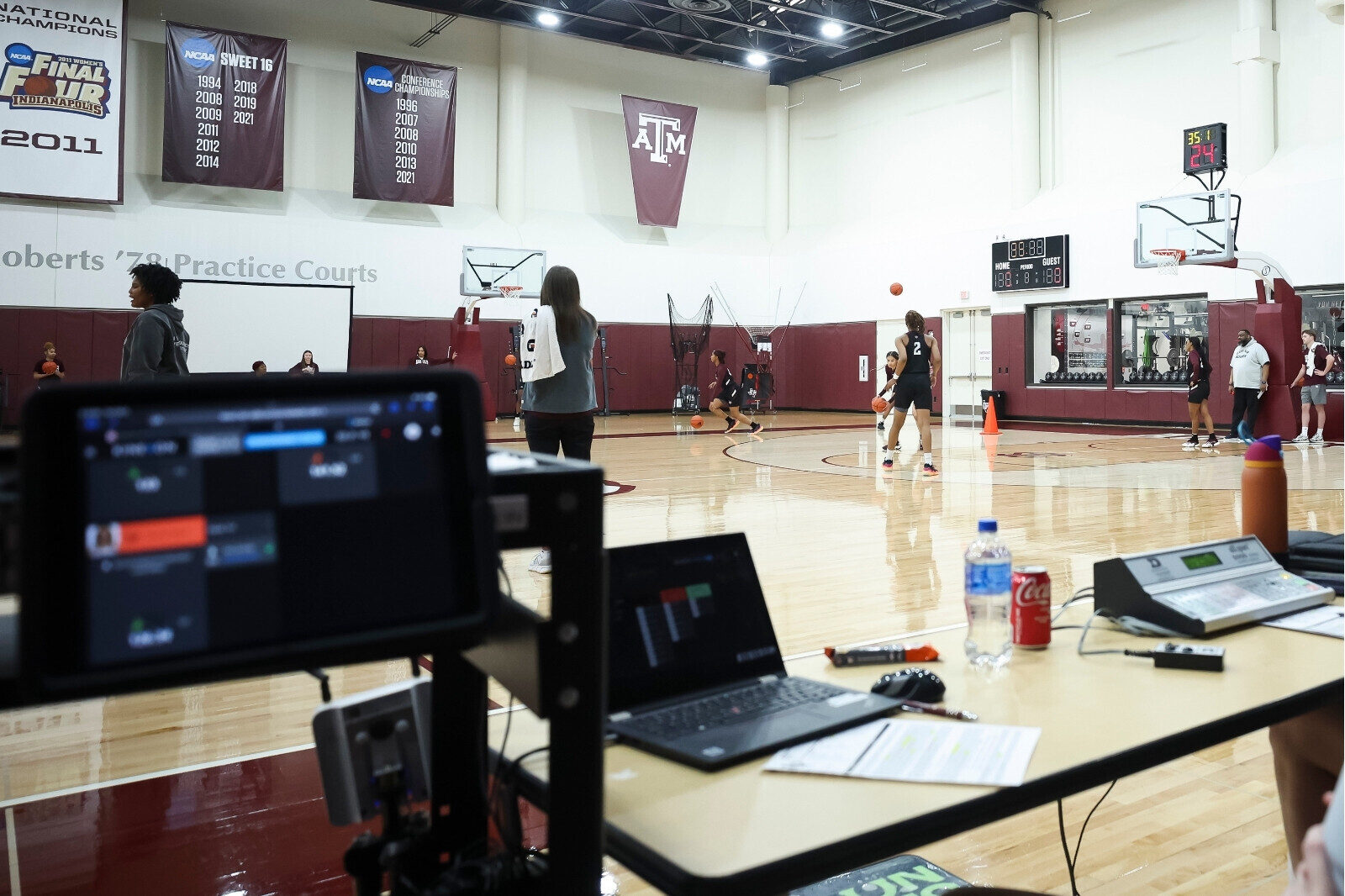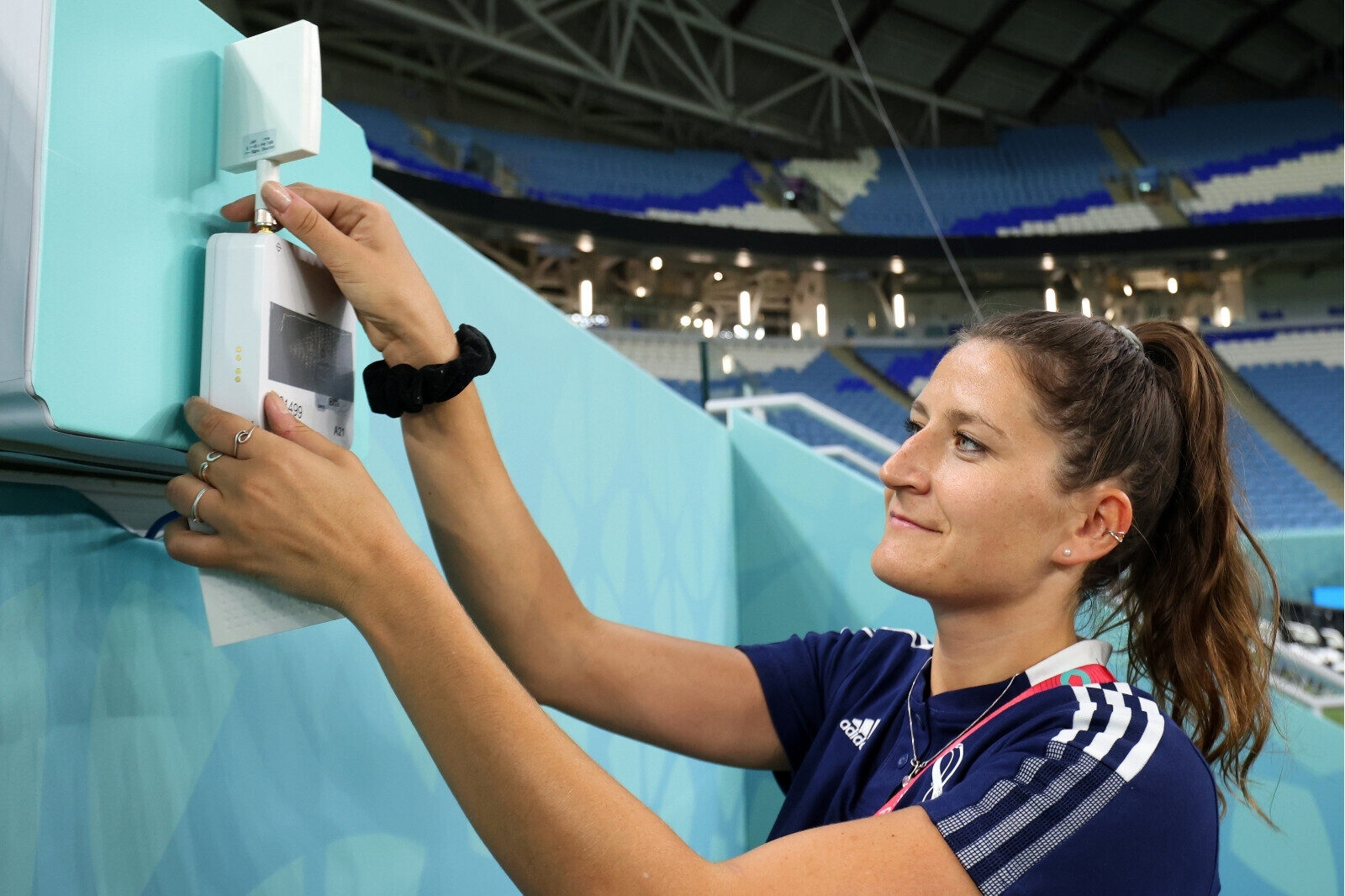How Sports Analytics are Helping To Cut Injury Risks in Handball
KINEXON’s state-of-the-art sensors and real-time data analytics, enable handball teams and coaches to gain a deeper insight into player movements, which is helping to manage player loads and cut injury risks.
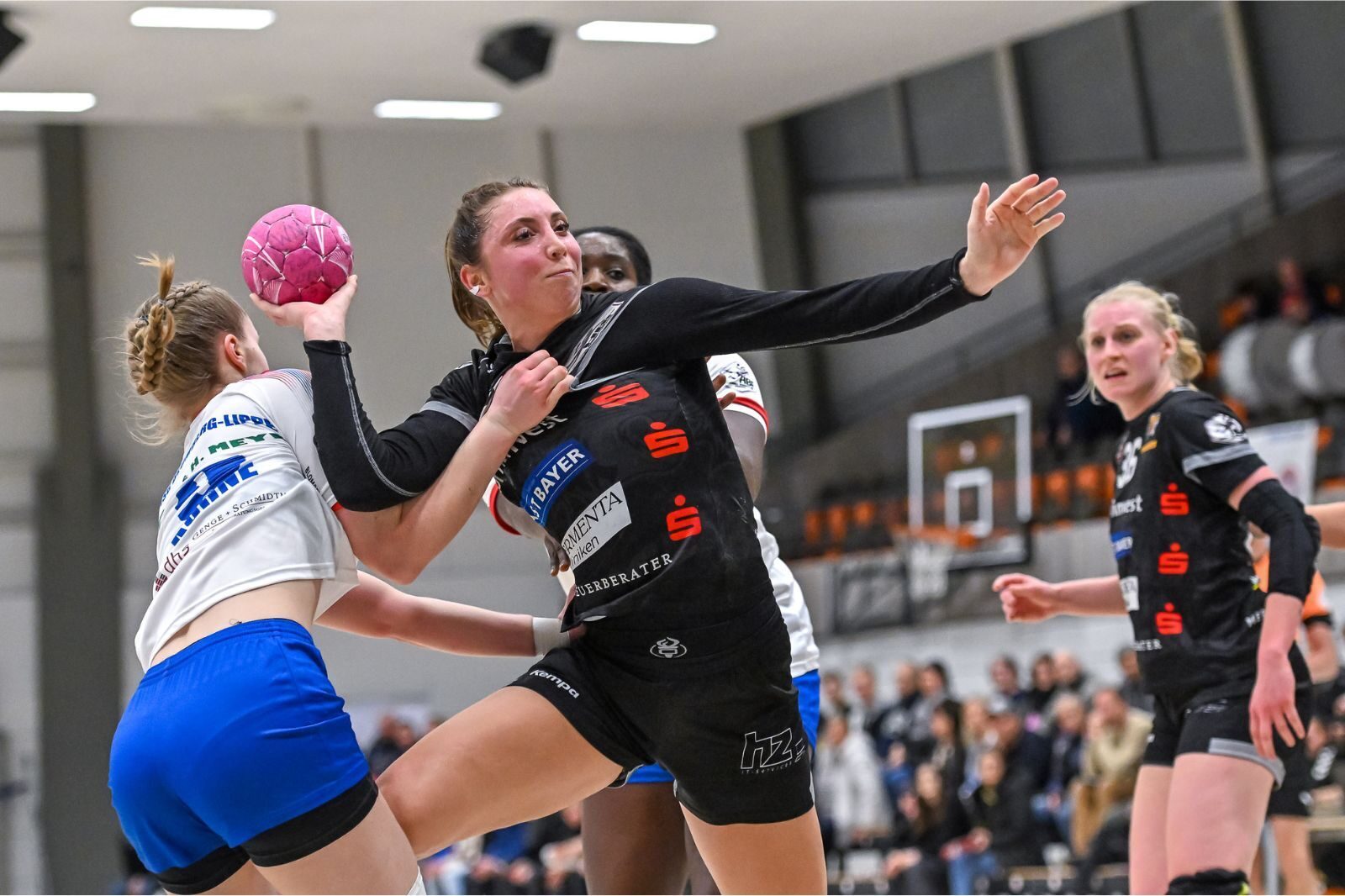
Unfortunately, injuries in men’s and women’s handball are common. And although high loads are placed on the shoulders and knees, there is a wide range, including:
- Ankle sprain
- Knee injury — ligament injuries, including the anterior cruciate ligament (ACL)
- Muscle strain – groin, thigh
- Thigh contusion
- Jumper´s knee
- Back pain
- Shoulder dislocation
- Thrower’s shoulder
- Finger injury
- Concussion
In fact, one study mentions that the injury rate in young handball players ranges between 9.9 and 41.0 injuries per 1000 match hours and between 0.9 and 2.6 per 1000 training hours. Because of the number of injuries that occur, teams are turning to sports analytics to help decrease the risk.
KINEXON Sports Scientist Michael Elmer recently took part in a project to study the science behind four-time IHF women’s handball player of the year, Christine Neagu’s shot, and what makes it so unstoppable.
You can click to watch the video below.
What is Sports Analytics?
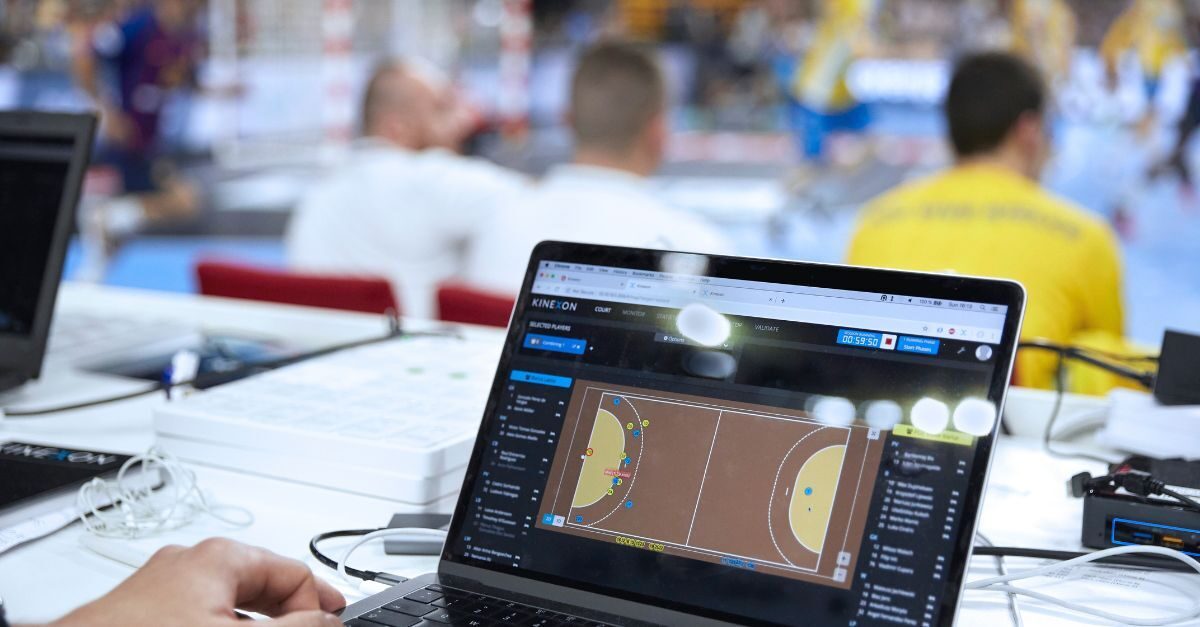
In simple terms, sports analytics refers to the use of data collection and analysis to evaluate and predict player performance and other sports-related factors. When applied to handball, it can provide a detailed understanding of different facets of a player’s game, including:
- Physical condition
- Movement patterns
- Overall game performance
All of this adds up to a better way to prevent injuries.
To learn more about our sports performance analysis software please click the link below.
How Handball Analytics Help Cut Injury Risk
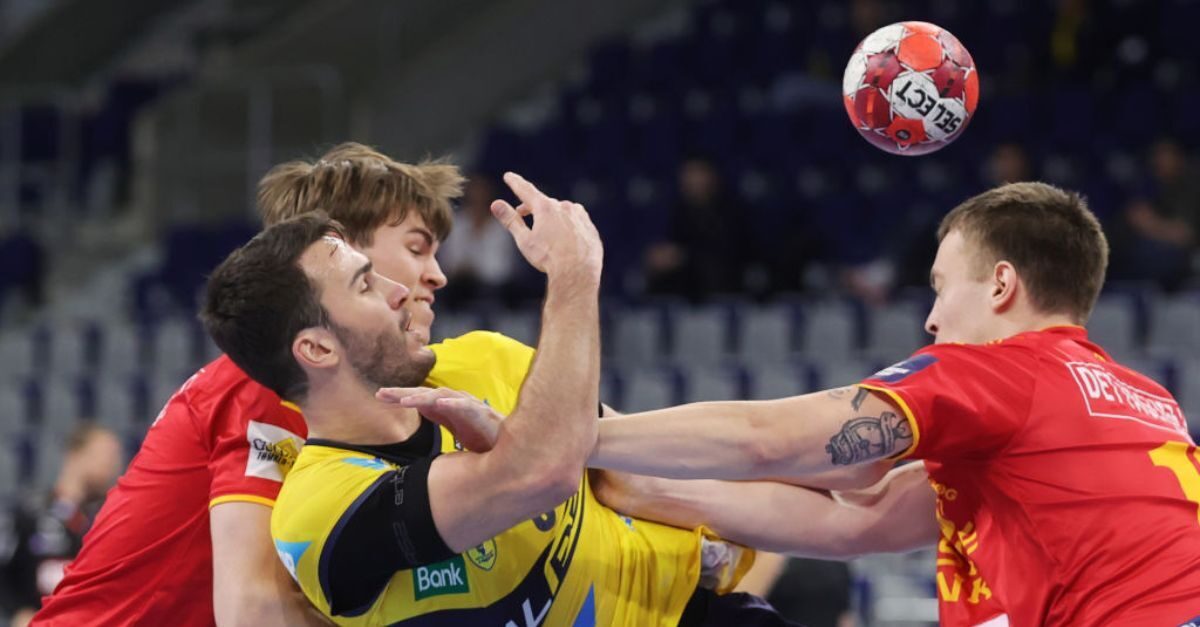
So now that we have a better understanding of the types of injuries that occur in handball, and how sports analytics can be applied to the game, let’s take a closer look how the data can help coaches and trainers decrease the injury risk for their players.
1. Spotting the Early Signs
Prevention is always better than cure, and in the context of handball, identifying potential injury risks early on can save players from prolonged downtime. Wearable devices, such as accelerometers and heart rate monitors, can relay data about a player’s physical state. If a coach or and trainer notices something unusual, it may be grounds to investigate further.
2. Analyzing Movement Patterns
By using motion capture technology and sports analysis software, coaches can study players’ movement in detail. In handball, an incorrect landing after a jump, or an imbalanced throw, can lead to strains or other injuries. Through sports analytics, such movements can be detected, allowing coaches to intervene and correct them before they lead to injuries.
3. Load Management
One of the common causes of injuries in sports is overtraining. This is especially true in handball because of the number of games that are played in a short period of time. Using analytics, handball coaches can monitor the ‘load’ or intensity and volume of training that each player undergoes.
This is true in both men’s and women’s sports. If a player is pushing too hard or is being pushed too hard in training, it can result in fatigue and subsequently, a higher risk of injury. By keeping an eye on these metrics, trainers can tailor training regimes to ensure players are working hard but not at the expense of their well-being.
4. Recovery Tracking
Recovery is a crucial aspect of any sport. With wearables, coaches can track players’ recovery metrics, such as heart rate variability. It’s important that players get adequate recovery time between matches and training sessions. It can be the difference between maintaining peak performance and being held back by injuries.
5. Position-Specific Insights
Not all players in handball face the same risks. A goalkeeper has a different set of physical demands compared to a winger. Sports analytics allows coaches to obtain position-specific data, helping them understand the unique risks associated with each role and devise strategies to mitigate them.
6. Feedback and Education
While technology plays a massive role in sports analytics, the human element remains essential. Once data is collected and analyzed, it’s up to the coaches and trainers to communicate these insights to the players. By educating players on their vulnerabilities and how they can adjust their techniques or training habits, the entire team can work collectively to decrease injury risks.
KINEXON Handball Analytics

At KINEXON, we consider ourselves a front-runner in the realm of sports technology, harnesses the power of IMU (Inertial Measurement Units) and LPS (Local Positioning System) to revolutionize player tracking in handball.
The IMU integrates accelerometers, gyroscopes, and sometimes magnetometers to measure and report a player’s instantaneous velocity, orientation, and gravitational forces. When this is paired with KINEXON’s LPS — which utilizes anchors positioned around the court to triangulate player positions in real-time — the result is a comprehensive tracking system that offers unparalleled precision.
For handball, a sport where split-second decisions and movements are paramount, this means coaches and teams can access detailed player data, from speed and distance covered to detailed positional play and interaction analysis. Such insights not only inform strategies but also help in refining individual player techniques and preventing potential injuries.
We’re even developing specific thresholds for women athletes. The goal is a safer, more efficient, and more exciting game for both players and fans alike.
KINEXON is one of the leading providers of analytics in men’s and women’s handball. We offer tracking systems for players, the ball, and even your fans.
If you’re interested in learning more about how sports analytics can change the way you coach or watch handball forever, feel free to contact us at any time.
Or download our case study that tells the story of how our technology is helping the Rhein-Neckar Lowen team succeed.
